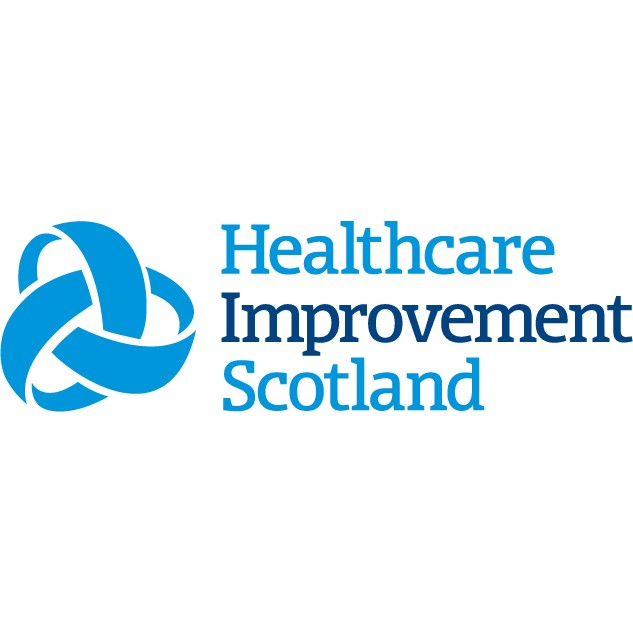Balancing measures check for possible consequences that your improvement activities may have elsewhere in the system.
Balancing measures will depend on the focus of your improvements and interpretation, the examples below may work better as outcome or process measures. As well as gathering data for the measures below, sites should consider any additional balancing measures based on the change ideas they are testing locally.
Below are some examples of balance measures for PDS and care co-ordination change concepts. Select the change concepts that best align to your pathway and priorities for improvement.
Example balancing measures:
- Interventions to improve access can either widen or narrow existing inequalities within a local population. Services that have identified a particular demographic, geographic or socioeconomic inequality as a priority for improvement could measure any of the above outcome or process measures for that group separately or construct their own targeted measure. For example, number of people from a certain population such as people with a learning disability receiving PDS.
- PDS publication splits referrals and receipt of 1 year support by SIMD, see data tables tab 5, and by age band, see tab 4.
Example balancing measures:
- Waiting times for services e.g. AHPs.
- PDS link worker case load numbers.
Example balancing measures:
- Delayed discharge.
- Geriatric ward beds.
